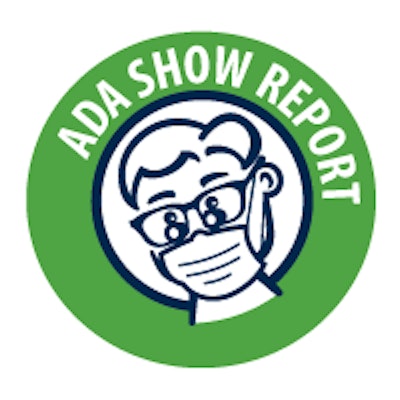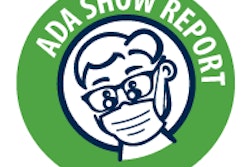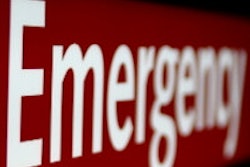
NEW ORLEANS - Cardiac emergencies are rare in the dental office, but most states require dentists to have basic life support training. Training your staff to deal with medical emergencies and having an emergency kit on hand can save a patient's life, stressed Stanley Malamed, DDS, a professor of anesthesia at the University of Southern California Ostrow School of Dentistry.
Although rare, medical emergencies sometimes occur during dental treatment, Dr. Malamed noted during a well-attended session at the ADA 2013 annual meeting that covered cardiovascular emergencies (myocardial infarction) and the importance of having automatic external defibrillators.
In fact, a man suffered cardiac arrest during a dental meeting a few years ago, he recalled.
anesthesia, Ostrow School of
Dentistry
"This stuff happens," Dr. Malamed told the gathering. "It happens in your dental office, it happens in meetings, it happens almost anywhere."
About half of medical emergencies that occur during dental procedures happen when patients get injections of local anesthesia or during extractions or pulp extirpations, he said. Dr. Malamed's conclusion was based on data gleaned from a survey of 4,300 dentists in the U.S. and Canada.
Dentists give more injections than any other type of physician, he noted.
The legal and moral obligations of physicians require them to keep patients alive if they suffer medical emergencies during treatment until they recover or help arrives, Dr. Malamed said.
If patients go into cardiac arrest, he recommended "CAB" treatment: chest compression, clearing airways, and restoring breathing. The dental chair is a good place to do chest compression because it provides stable support, Dr. Malamed noted.
Here's how dentists and their staff can prepare for medical emergencies:
- Receive basic life support training. If a patient suffers cardiac arrest, someone should do 100 chest compressions per minute to restore the patient's heartbeat.
- Prepare and train staff regarding who should do what in medical emergencies.
- Call for help when the dentist thinks it's an emergency.
- Keep emergency drugs and equipment available, and train staff how to use them.
Drugs to keep on hand for medical emergencies:
- Epinephrine (adrenaline) for allergic reactions: Most New Orleans restaurants have it in case patrons have allergic reactions to shellfish, Dr. Malamed noted.
- Bronchodilator or vasodilators: These increase airflow to lungs or widen blood vessels.
- Antihypoglycemic agents (sugar) for patients with diabetes.
- Aspirin (325 mg): Aspirin should be chewed and swallowed by patients who suffer myocardiac infarctions, except for patients who are allergic to it. It prevents blood clots from getting bigger.
Oxygen tanks also should be kept on hand, as well as face masks for mouth-to-mouth resuscitation, Dr. Malamed advised.
Dentists can use nitrous oxide as an analgesic, which relaxes patients experiencing myocardial infarctions and increases oxygen levels 250%.
Symptoms of cardiac arrest include chest tightness, sweating, dizziness, jaw pain, and extreme fatigue.
Time is of the essence, Dr. Malamed noted: Some 70% of deaths due to myocardial infarction occur within one hour, but many people survive if they receive basic measures such as chest compression and mouth-to-mouth resuscitation.



















